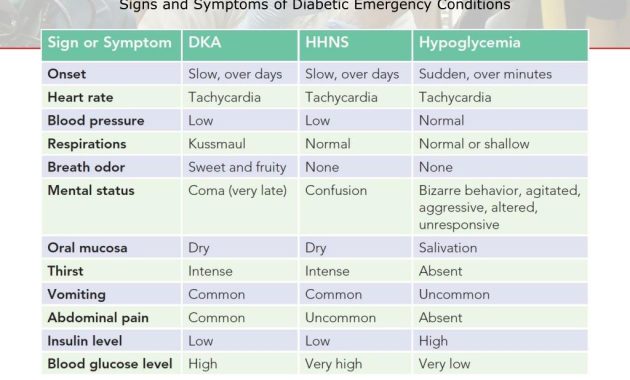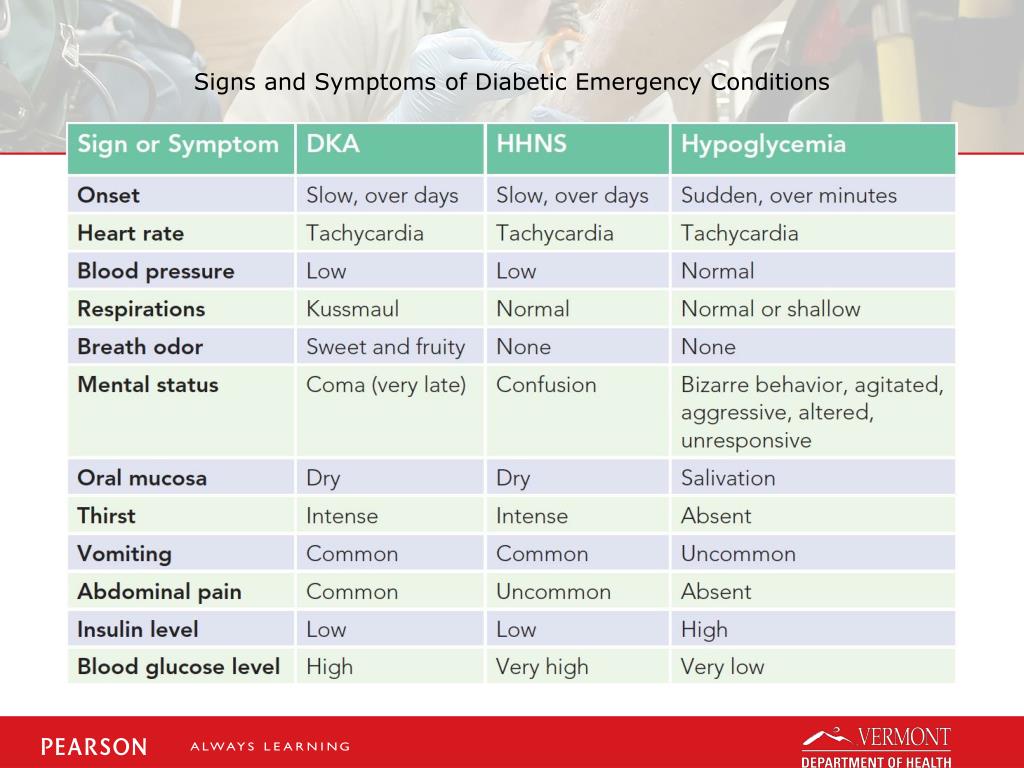
Diabet Emergencies: What to Do in a Crisis
Diabetes, a condition affecting millions worldwide, presents a complex set of challenges. While managed effectively for many, it can also lead to diabet emergencies. These emergencies require immediate attention and informed action. This article aims to provide a comprehensive guide to understanding and responding to diabet emergencies. It will cover causes, symptoms, and crucial steps to take during a crisis. This information is vital for individuals with diabetes, their families, caregivers, and anyone seeking to be prepared. Recognizing the signs and knowing how to react can be life-saving.
Understanding Diabet Emergencies
Diabet emergencies encompass a range of serious conditions. These conditions arise from either very high or very low blood sugar levels. They can also result from other diabetes-related complications. The primary goal is to understand the underlying causes. This understanding enables prompt and appropriate responses. Knowing the differences between these emergencies is key to effective management.
Hyperglycemia: High Blood Sugar
Hyperglycemia refers to high blood glucose levels. This condition can develop gradually or rapidly. It can lead to severe health consequences if left untreated. Several factors can contribute to hyperglycemia. These include missed insulin doses, illness, stress, and dietary indiscretions. It’s important to identify the signs and symptoms of hyperglycemia. Early detection can prevent a crisis.
- Increased thirst
- Frequent urination
- Blurred vision
- Fatigue
- Headache
- Nausea and vomiting
- Shortness of breath
- Abdominal pain
If hyperglycemia progresses untreated, it can lead to diabetic ketoacidosis (DKA). DKA is a life-threatening condition. DKA occurs when the body starts breaking down fat for energy. This process produces ketones. Ketones are acids that build up in the blood. DKA requires immediate medical attention. It can lead to coma and even death.
Hypoglycemia: Low Blood Sugar
Hypoglycemia, or low blood sugar, is another diabet emergency. It typically occurs when blood glucose levels drop below 70 mg/dL. This can happen due to several reasons. These include taking too much insulin, missing meals, or excessive exercise. Hypoglycemia can also develop when alcohol is consumed. It’s important to recognize the symptoms of hypoglycemia. Prompt treatment is critical to prevent severe complications.
- Shakiness
- Sweating
- Anxiety
- Irritability
- Rapid heartbeat
- Confusion
- Dizziness
- Headache
- Loss of consciousness
Severe hypoglycemia can lead to seizures and coma. It can cause permanent brain damage. Immediate treatment is essential.
Responding to Diabet Emergencies: A Step-by-Step Guide
Swift and appropriate action is crucial during diabet emergencies. The response differs depending on the specific emergency. However, certain general principles apply. These principles are essential for ensuring the best possible outcome. The following sections outline the steps to take in various scenarios.
Hyperglycemia Response
If you suspect hyperglycemia, first check blood glucose levels. If the level is high, and you use insulin, administer the prescribed dose. Contact your healthcare provider immediately. Seek medical attention if symptoms worsen. Remember to stay hydrated by drinking plenty of water. Avoid sugary drinks. Monitor your blood glucose frequently.
If symptoms of DKA develop (nausea, vomiting, abdominal pain, fruity breath), seek immediate medical attention. Do not hesitate to call for emergency services. DKA needs prompt treatment with intravenous fluids and insulin.
Hypoglycemia Response
The response to hypoglycemia depends on the severity. If the person is conscious and able to swallow, give them 15-20 grams of fast-acting carbohydrates. These include glucose tablets, juice, or regular soda. Wait 15 minutes and recheck blood glucose levels. If the level remains low, repeat the treatment. Once blood glucose is above 70 mg/dL, give a meal or snack with protein and carbohydrates. This will help stabilize blood sugar.
If the person is unconscious or unable to swallow, do not attempt to give them anything by mouth. Administer glucagon, if available and you know how. Glucagon is a hormone that raises blood sugar. Call for emergency medical services immediately. Glucagon can be given by injection or nasal spray. This is a critical step in an unconscious state.
Preventing Diabet Emergencies
Prevention is the best strategy for managing diabet emergencies. Several measures can help reduce the risk. These measures include regular monitoring, proper medication management, and healthy lifestyle choices. Education and awareness are also vital components of prevention. Taking proactive steps can help maintain good health and well-being.
Regular Blood Glucose Monitoring
Regular blood glucose monitoring is essential. It provides valuable insights into blood sugar levels. This allows for timely adjustments to medication and lifestyle. Follow your healthcare provider’s recommendations for testing frequency. Keep a log of your blood glucose readings. Note any patterns or trends. This information will help you and your doctor manage your diabetes effectively. Consider using a continuous glucose monitor (CGM). CGMs provide real-time glucose readings. They also alert you to potential highs and lows.
Medication Management
Taking medications as prescribed is crucial. Never skip or alter your medication dosages. Always discuss any changes with your healthcare provider. Understand the side effects of your medications. Know how to handle them. Ensure you have an adequate supply of your medications. Store your medications properly. This includes insulin. Carry a fast-acting source of glucose with you at all times. Examples include glucose tablets or gel.
Healthy Lifestyle
A healthy lifestyle plays a significant role in diabetes management. This includes a balanced diet. Focus on whole foods, fruits, vegetables, and lean proteins. Limit processed foods, sugary drinks, and saturated fats. Regular physical activity is important. Aim for at least 150 minutes of moderate-intensity exercise each week. Stay hydrated by drinking plenty of water. Manage stress through relaxation techniques. This can include yoga or meditation. Get enough sleep. Aim for 7-9 hours of sleep per night. These lifestyle choices contribute to better overall health.
Education and Awareness
Educate yourself about diabetes. Understand its complications. Learn about the signs and symptoms of diabet emergencies. Educate your family, friends, and colleagues. They need to know how to help you in a crisis. Consider attending diabetes education classes. Talk to a certified diabetes educator. Carry medical identification. This will alert others to your condition in an emergency. Stay informed about the latest developments in diabetes care. This includes new treatments and technologies.
When to Seek Medical Attention
Knowing when to seek medical attention is critical. Do not hesitate to call for help. If you experience severe symptoms of hyperglycemia or hypoglycemia, seek immediate medical attention. If you are unable to manage your blood sugar levels, consult your healthcare provider. If you experience any unusual or concerning symptoms, seek medical advice. Early intervention can prevent serious complications.
Some specific situations that warrant immediate medical attention include:
- Loss of consciousness
- Severe abdominal pain
- Difficulty breathing
- Fruity-smelling breath
- Confusion or disorientation
- Seizures
Always err on the side of caution. It is better to seek medical attention than to delay. Early intervention can make a significant difference in outcomes. Medical professionals are equipped to handle diabet emergencies.
Conclusion: Staying Prepared for Diabet Emergencies
Diabet emergencies can be frightening. But, with the right knowledge and preparation, you can manage them effectively. Understanding the causes, symptoms, and responses is the first step. Regular monitoring, proper medication management, and a healthy lifestyle are essential for prevention. Educate yourself and those around you about diabetes. Know when to seek medical attention. By taking these steps, you can navigate a crisis with confidence. You can also improve your overall health and well-being. Staying informed and proactive empowers you. It helps you live a full and healthy life with diabetes. Remember, preparedness is key to managing diabet emergencies.
[See also: Related Article Titles]

